NAD D 3020 - £400
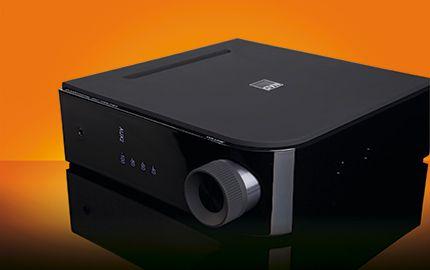

Does the classic NAD 3020 integrated amplifier need any introduction? Most HFC readers will have owned one, heard one or at least known someone else who used one. It came out 35 years ago, for the princely sum of £59 in the UK, and was painfully uncool looking back then; its 3030 predecessor was a far more fashionable beast with its broad expanse of brushed aluminium, inset with big chunky analogue power meters. By contrast, the 3020 had a dull charcoal grey plastic fascia, a miserly mono LED power meter, and precious few facilities by the standards of the day.
Worse still, it put out a piffling 20W RMS of power into 8 ohms. Back then, the power race was just beginning to take off, and you’d be looking for 30W at the very least for any self-respecting new solid-state amp. Fascinatingly though, it turned out to be a very loud 20W, because it could drive demanding loads with ease, meaning it virtually doubled its output power into 4 ohms, and nearly doubled that again into 2. This gave it a very strong, secure sort of sound – much more so than many rivals, which promised more on-paper Watts into 8 ohms. This pretty much summed up the original 3020 – all go and no show.
You can tell that NAD has tried to do the same with the new D 3020. Of course, it’s not a carbon copy of the original, but just as the first one had real-world features and no gimmicks, so this new one goes the same way. Any modern budget amplifier has surely got to work in Class D, because this mode of operation has lower power consumption, higher efficiency and higher power output (for its size) compared to conventional Class AB designs, which dissipate a lot of the power they use as heat. And so the D 3020 is, as its name suggests. Trouble is, some say the sound is a little drab and grey, lacking in the natural exuberance of a well-designed AB such as the original 3020. Still, let’s not get too prescriptive; experience teaches us that it ain’t what you do, it’s the way that you do it!
The D 3020 is quoted as giving 30W RMS per channel into 8 ohms, and the company claims dynamic power of twice that, and as the load halves the power pretty much doubles until it’s pumping out 150W on 2 ohm transients. That’s not bad at all for something this size, indeed it’s claimed to consume only 20% of the power of a Class AB design – when on standby for example, it burns a measly 500mW per hour! The circuitry was done by the original 3020 designer, Bjorn Erik Edvardsen, and it uses the latest version of NAD’s PowerDrive circuit. And for any students wondering, yes it does have Soft Clipping, too. This stops the amplifier overloading in an unsavoury way, lowering the risk of it destroying your loudspeakers.
Being a thoroughly modern machine, you’d expect the D 3020 to have a plethora of inputs, and so it has. Of course, there’s a single pair of RCA analogue line-ins for your ‘legacy’ sources; that would most likely be vinyl, but you’d have to buy the matching phono stage for this. A 3.5mm mini-jack gives you additional analogue connectivity for your iPod. Then there are two optical and one coaxial digital inputs, plus asynchronous USB (working up to 24/96). Wireless Bluetooth is also provided, using the fine-sounding apt-X protocol. Standard speaker binding posts are used, and facilities are kept to a bare minimum. The headphone amplifier, complete with 3.5mm jack, is the headline news here; plus a small card remote.
The D 3020 is a lovely thing to have and to hold, with its rubberised side panels and backlit fascia and top panel. It’s designed to work standing up – Sony PlayStation 2-style – but can be used on its side, too. To this end, NAD supplies sticky feet for the owner to place in the relevant location, depending on which way they intend the amp to be used. I really like the volume display, which illuminates from behind the smoked Perspex fascia, and the backlit source indication. The single large control works on the volume, predictably, and the overall effect is of a nice little compact amplifier whose ergonomics someone has obviously put a lot of thought into.
Sound quality
As you’d expect from a product that is totally different in engineering terms, the new D 3020 doesn’t really sound identical to the original. Although there’s certainly some shared DNA, as the new amplifier has NAD’s distinctive ‘dark’ and ‘velvety’ tonality, and a nice, relaxed but enjoyable sort of gait. It makes music in an easy, effortless way and never sounds forced or in your face. Also, as per the original, the new 3020 goes a bit louder than its specifications would suggest and also drives tougher loads than you might expect.
Feed the new NAD some thumping drum’n’bass in the shape of Manix’s Living In The Past from our fave mid-price CD player (Audiolab’s 8200CD), and you get a clean, punchy sound with a very even tonality; there’s no shoutiness across the midband, no harshness in the treble or boom in the bass. It’s a very matter-of-fact sound, but pleasant with it and you don’t get the impression that there are any particular weak points. Bass is decently strong and propulsive, the midband glistens with detail and the treble is smooth and refined. There’s a certain ‘dryness’ that I find is synonymous with Class D amplifiers, and the NAD has this – it’s not quite as expressive and open as conventional rivals like Yamaha’s AS500, for example. The music is very ordered, but doesn’t quite breathe so well.
Using the NAD’s built-in DAC via the coaxial input, takes this a step further. In a sense, we get a little closer to the music, with a more intricate vocal texture to James Blunt’s You’re Beautiful and slightly better detailing to the accompanying percussion. The backing piano work takes on greater scale and the strings in the chorus tug a little harder at the heart. The result is a very pleasing performance, and one that would delight most casual users of the D 3020. Moreover, going via its internal Bluetooth connection from an iPad, the NAD makes a very nice noise from relatively humble beginnings. Still, it never really makes the leap from a good-sounding amplifier to a prolific purveyor of musical passion – it’s just too ‘easy listening’ compared to other £400 amps that are available.
The internal DAC only works up to 24/96, so I duly cue up Herbie Hancock’s Rock It on my MacBook Pro via Audirvana and hook it up to the NAD via its USB input. Again the sound is impressive – tight, fast and extremely detailed, and also surprisingly dynamic and capable of high volumes in a largish room via the (admittedly quite efficient) Spendor A6R loudspeakers that I’m using. But again the sense of emotional detachment doesn’t quite hold the listener’s attention like either the original 3020 or the better of its current price rivals. For example, if it’s a Class D amplifier you crave, then Pioneer’s A50 at £100 more offers loads more power, whereas the Rega Brio-R (£400) is a far more expressive Class AB design.
Conclusion
In the new D 3020, NAD has done a ‘modern amplifier for all’. Its design and ergonomics are superb, and the company deserves a hearty pat on the back for daring to be different. The packaging is excellent, the DAC connectivity wonderful and the Bluetooth a surprisingly handy bonus, too. What’s not to like then? Well, this new amplifier does sound a little flat by the standards of its market rivals. It is certainly a nice, smooth, tonally sophisticated sort of device, yet never quite gets to the heart and soul of the music. If you’re looking out for a fine do-it-all integrated, then this is a genuinely interesting product. But unlike its classic namesake, it’s no virtuoso music maker that slays its rivals in sonic terms.
The new D 3020 is aimed at a wider, less audiophile audience than the classic 3020, but in today’s complex, energy-saving, multi-source world it still deserves to succeed.
LIKE: Great styling and packaging; USB and Bluetooth connectivity
DISLIKE: Uninvolving sound; limited power compared to rivals
WE SAY: A lovely little do-it-all integrated, although it’s not best in class for sonics
DETAILS
PRODUCT NAD D 3020
ORIGIN Canada/China
TYPE Amplifier/DAC
WEIGHT 1.38kg
DIMENSIONS (WxHxD) 219 x 58 x 186mm
FEATURES
• Quoted power: 30W RMS per channel
• Class D output devices
• 2x optical digital inputs, 1x coaxial
• 1x apt-X Bluetooth, 1x asynchronous USB
DISTRIBUTOR Sevenoaks Sound & Vision
TELEPHONE 01732 459555
WEBSITE nadelectronics.com
ISSUE HFC 379
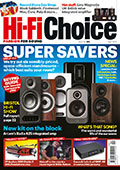 |
Inside this month's issue: Arcam Radia A25 integrated amp, iFi Audio iDSD Diablo 2 DAC/headphone amp, Eversolo DMP-A8 streamer/DAC/preamp, Line Magnetic LM-845IA valve amp, Record Store Day Spring Drop, standmount loudspeaker Group Test and much, much more
|
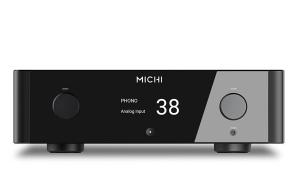
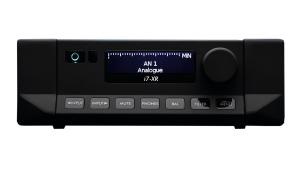
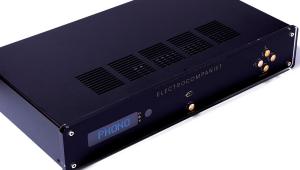
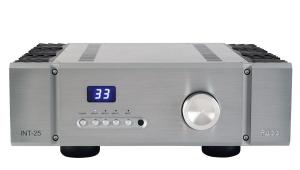
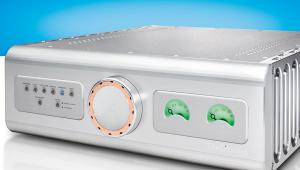
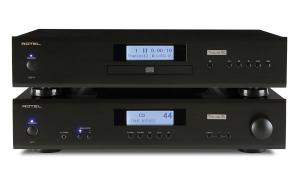
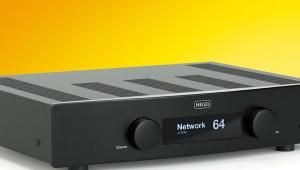
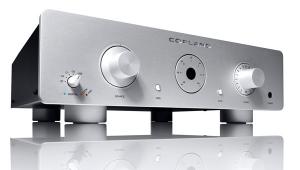
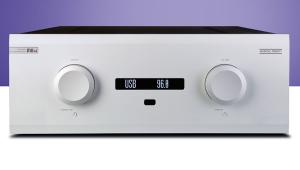
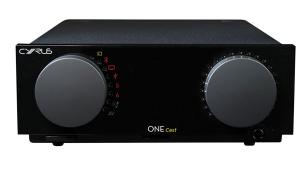
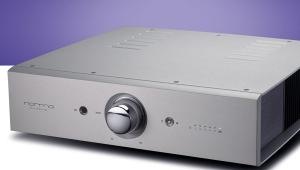
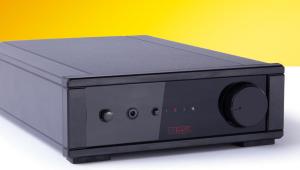
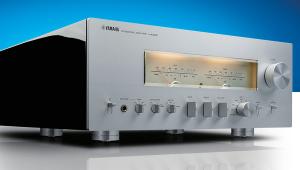
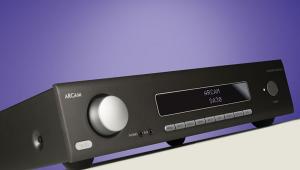
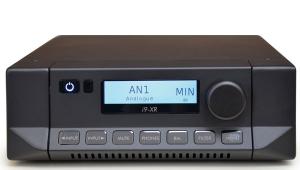
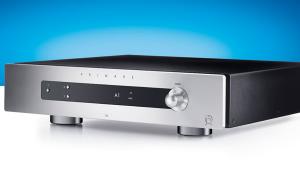
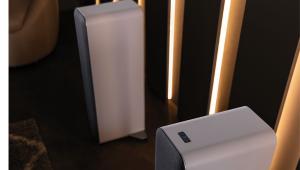
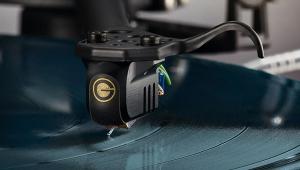

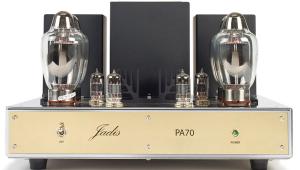
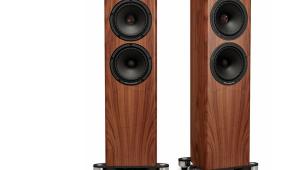
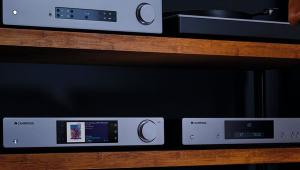
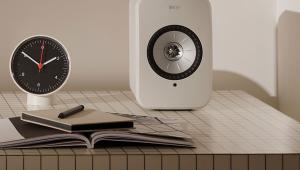
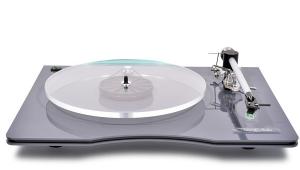
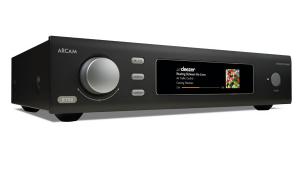
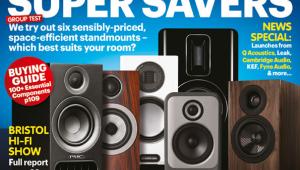
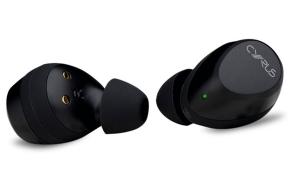
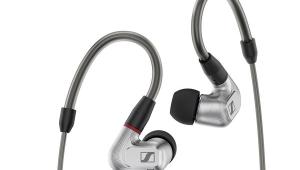
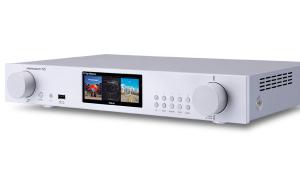
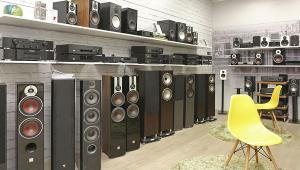
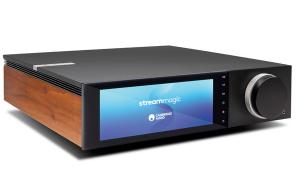


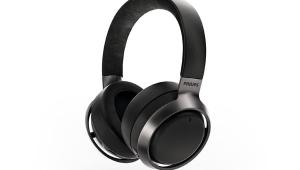
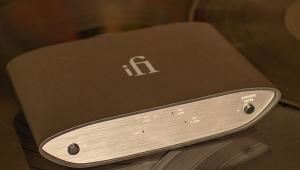
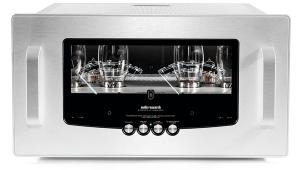
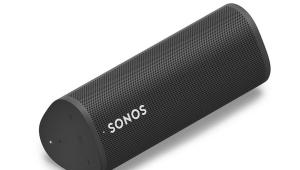
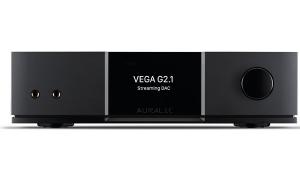
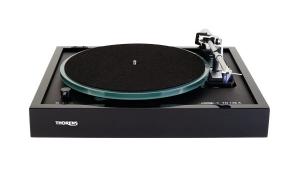
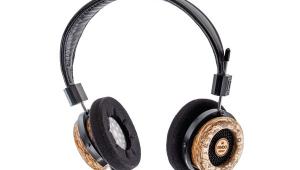
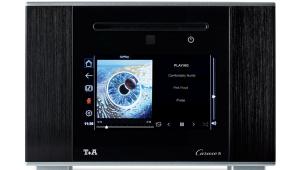
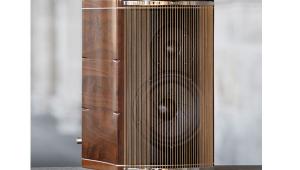
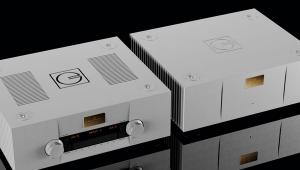
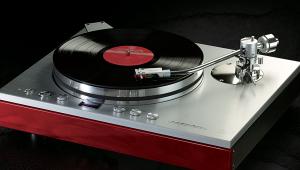
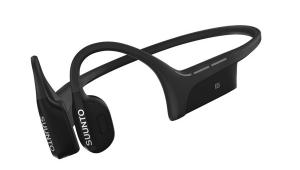
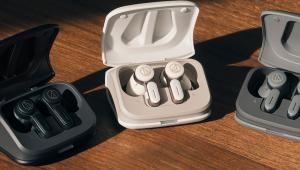
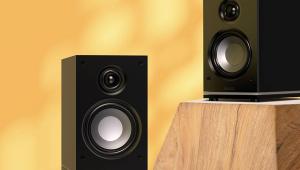
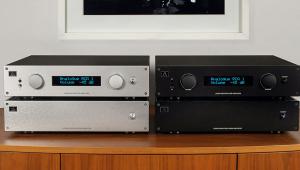
.jpg)



